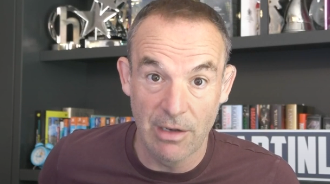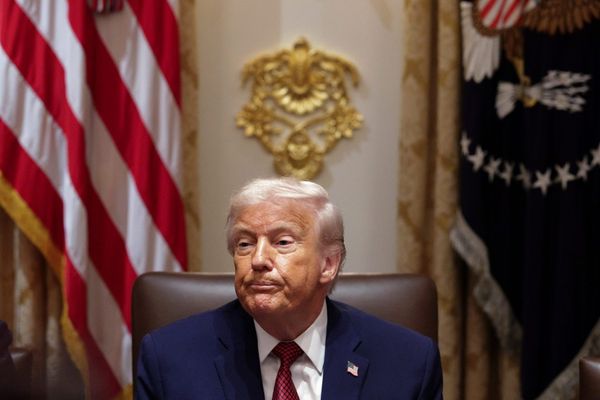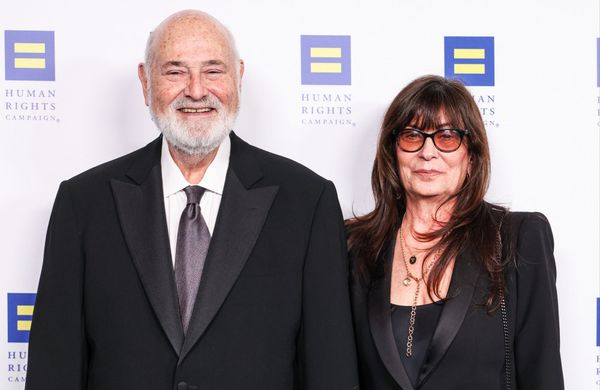Ofgem has announced that major changes are coming to energy tariffs as soon as next year as it recommends providers be required offering at least one deal with lower standing charges.
The energy regulator said it wants to give consumers more choice on how they pay the flat-rate charges, with the plans set to allow households to pay the costs as part of their unit rate by lowering the daily fixed amount.
This means that it’s unlikely bills will actually be lowered by the changes, Ofgem has explained, as the charge is just moved from one part of the bill to another.
The proposal comes after calls from campaigners to scrap the flat-rate standing charge, which is applied daily regardless of how much energy the customer uses.
Tim Jarvis, director general of markets at Ofgem, said: “We’ve listened to thousands of consumers that wanted to see changes to the standing charge and taken action.

“We have carefully considered how we can offer more choice on how they pay these fixed costs, however we have taken care to ensure we don’t make some customers worse off.
But he added: “We cannot remove these charges, we can only move costs around.
“These changes would give households the choice they have asked for, but it’s important that everyone carefully considers what’s right for them as these tariffs are unlikely to reduce bills on their own.”
What is the criticism of the plans?
Many campaigners now say the new plans recommended by the energy regulator do not go far enough. Reacting to the announcement, money expert Martin Lewis said they were “disappointing,” pledging to “robustly push back.”
"The core problem is it doesn't look like it'll be under the price cap mechanism. That leads to two big possible problems," he told ITV’s Good Morning Britain.
Firstly, he said, there is not limit to what firms can charge, so they could reduce the standing charge whilst increasing the unit rate far beyond what is needed to compensate for it.

Secondly, Ofgem did not carry forward his proposal to default lower-income households to whichever tariff is best for them, meaning it is unlikely many will switch to this new tariff.
He criticised Ofgem “smothering” potentially workable changes to standing charges in a “pillow of bureaucracy.”
Gillian Cooper, director of energy at Citizens Advice said: “Plans to offer a lower standing charge - the fixed cost of being connected to the electricity supply - may provide more choice to consumers, but won’t bring down people’s bills.
“There’s a real risk that those with higher energy needs, like some older or disabled people, could end up paying more if they choose one of these tariffs, so it’s crucial people are supported to make the right choice when this option becomes more widely available from January.”
What happens next?
Ofgem is now launching one final consultation on the plans, with aims to make a decision by the end of the year, paving the way for the new tariffs to be available to everyone across Britain by the end of January.
The energy regulator says it dropped earlier plans for tariffs with zero standing charges and much higher unit rates, as this could have unfairly impacted consumers with high energy needs, such as those who rely on power for medical reasons.
It is also looking to introduce a minimum usage on to the new tariffs so that those with second homes or properties left vacant for long periods do not disproportionately benefit.
The proposals come ahead of a two per cent rise in energy costs when the next price cap change takes effect on 1 October, which will see the bill for a typical household rise from £1,720 to £1,755 a year.
Martin McCluskey, minister for energy consumers, said: “Consumers should have freedom and choice when choosing an energy tariff that works for them.
“This proposal will make more tariffs available on the market, giving people more options to pay lower standing charges if that suits their needs.”







